Some of Scotland’s most beautiful places are integrally linked with strife and bloodshed. Glencoe, arguably the most beautiful glen in Scotland, immediately comes to mind where a deplorable massacre occurred after the Jacobite uprising of 1689. That same uprising began at the Battle of Killiecrankie, where John Graham, 1st Viscount of Dundee and leader of the uprising, aka “Bluidy Clavers,” aka “Bonnie Dundee,” was shot and killed. Though the Jacobites won the day they were later defeated at the Battle of Dunkeld, another gorgeous place and one of my favorite small towns in Scotland.
Perthshire has borne witness to much history, and the region has long been renown for its great natural beauty. Following the Jacobite uprisings, the ‘planting dukes of Atholl’ spent 100 years restoring some 21 million trees to 15,000 acres of land, and the beauty of Perthshire we see today owes a lot to their efforts. Perhaps no place exemplifies this beauty better than the Pass of Killiecrankie. I’ve visited the Pass a couple of times in the past, but never in autumn. You have to see it to believe it.
The Pass of Killiecrankie cuts into the hills three miles between both Pitlochry and Blair Atholl, just off the B8079 mirroring the A9. My visit to Perthshire this past November was sponsored by the Perth & Kinross Countryside Trust, and my wonderful and knowledgeable guide, Morag, took me to the Pass as our first stop on a bright, autumn morning. We left the parking lot and passed by the visitor centre, which had not officially opened yet, and began walking along leaf-strewn, dirt paths into the gorge.
The Pass of Killiecrankie is a mountain pass between Ben Vrackie and Tenandry Hill where the pretty River Garry flows. Morning sunlight burned on the fall foliage as banks of mist lifted from the river and forest-shrouded hills. This is an easy and approachable hike — more of a walk, really — down gently descending paths. You’ll even find a bench here and there with a great view across the pass so you can rest and appreciate Perthshire’s natural beauty.
The Soldier’s Leap is the most famous historical curiosity along the walk. Here, during the Battle of Killiecrankie, the redcoat Donald McBane fled a group of highlanders and jumped across the river where it narrowed and subsequently effected his escape. This gap measures 18 feet across — a mighty leap indeed! — and as such has earned its modern moniker.
The path eventually leads down to the River Garry and beneath the towering viaduct designed by Joseph Mitchell for the Inverness and Perth Junction Railway that was completed in 1863. Ten massive masonry arches, each spanning 35 feet and rising 54 feet, charge through the Pass. It’s not uncommon to find brown trout and salmon in the river, though while I was here the water level was fairly low.
The hike back up to the visitor centre might get your heart pumping, but I suggest you take it slow and soak in the beauty of this pass. Be on the lookout for Scotch Argus butterflies and roe deer on your visit.
The visitor centre was open by the time we returned from our sojourn into the gorge. Scads of intelligent and informative exhibits cover every aspect of the Pass of Killiecrankie, from its geology, flora, and fauna to the cultural history including the more recent Jacobite uprisings. It’s all very kid-friendly and engaging. This is something pretty much all National Trust for Scotland sites do well.
The Pass of Killiecrankie is naturally beautiful and easy to access from the heart of Perthshire. It’s one of my can’t miss destinations in the area!
Disclosure: Perth & Kinross Countryside Trust facilitated my visit to The Pass of Killiecrankie. All thoughts and opinions expressed here, as always, are my own.

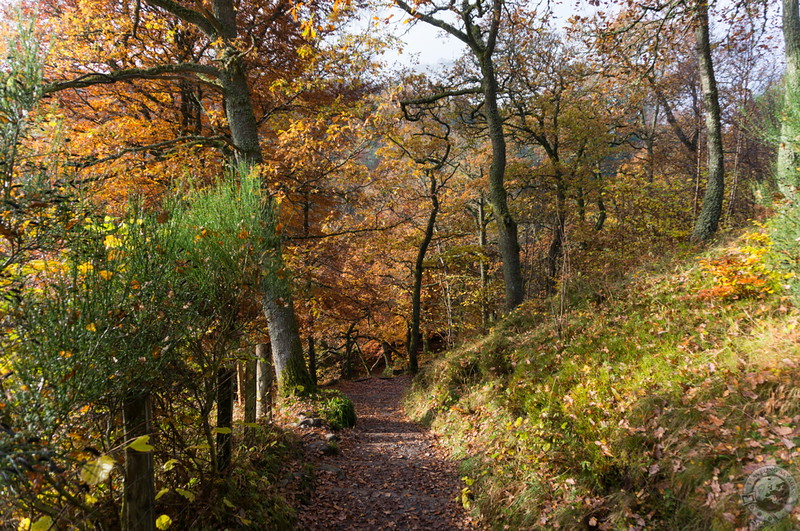
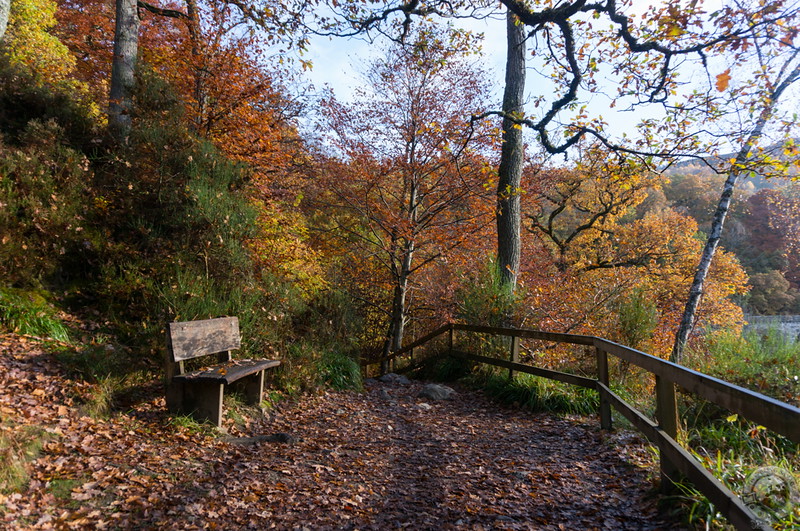
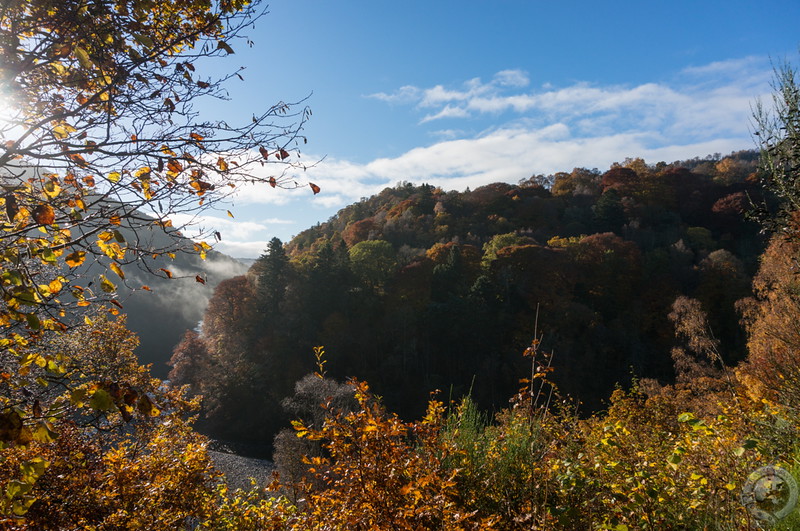
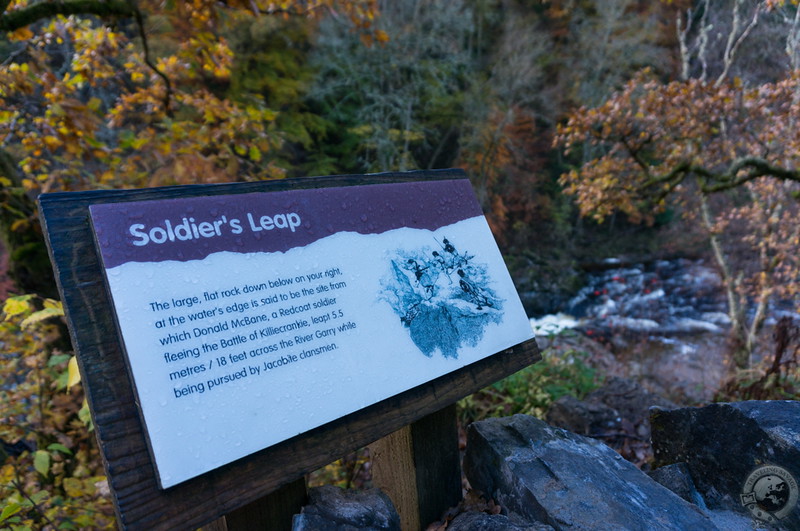
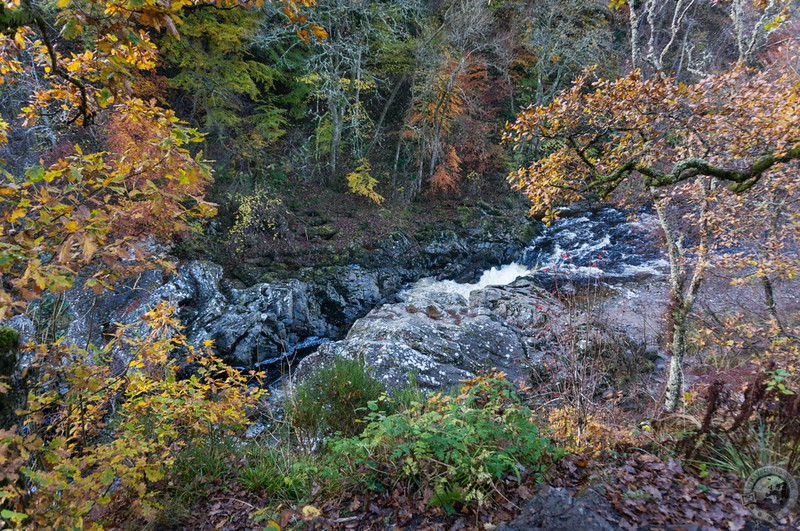
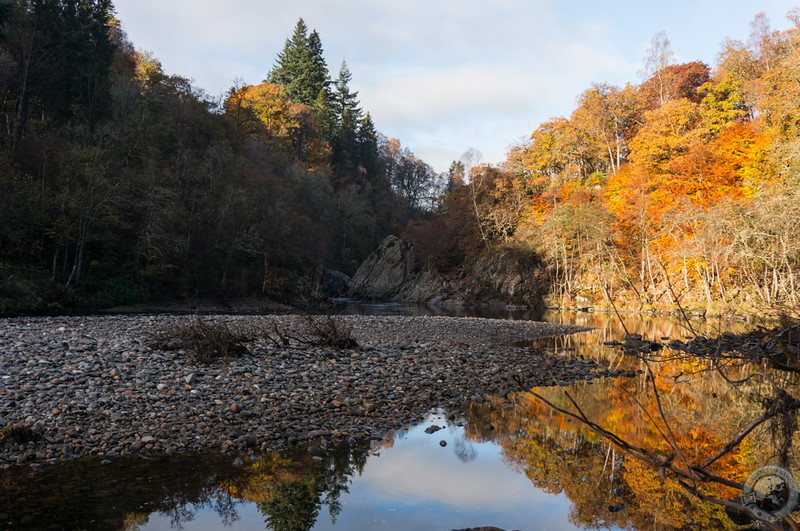
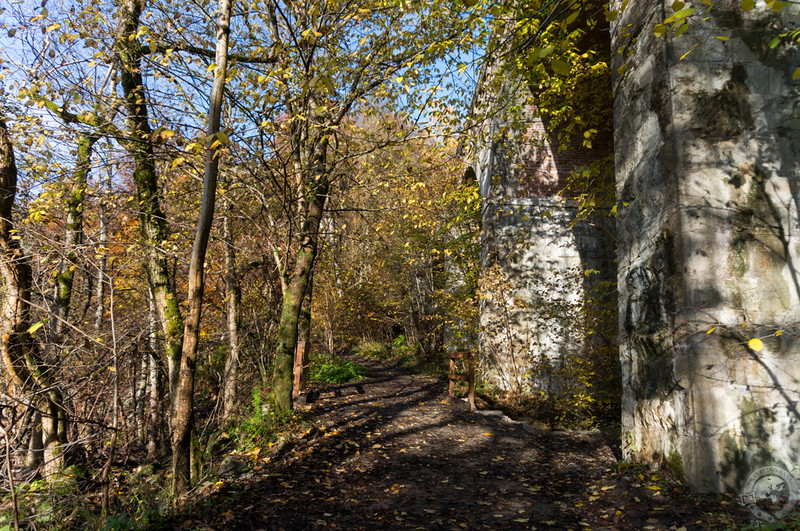
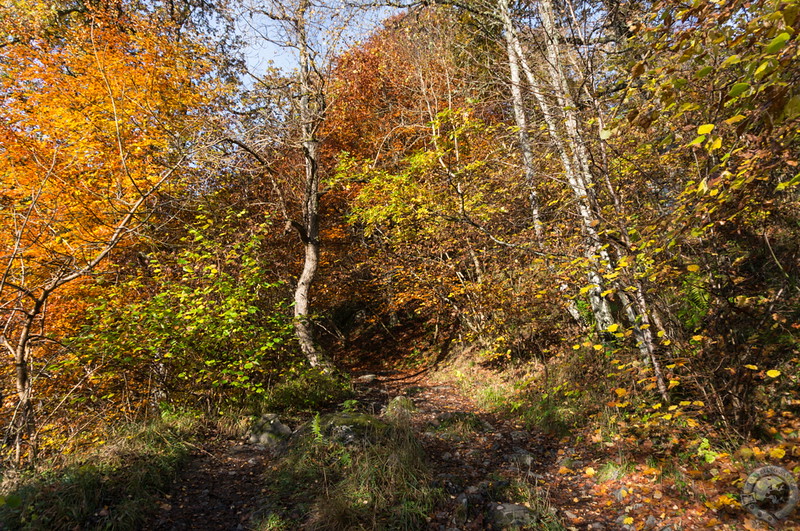
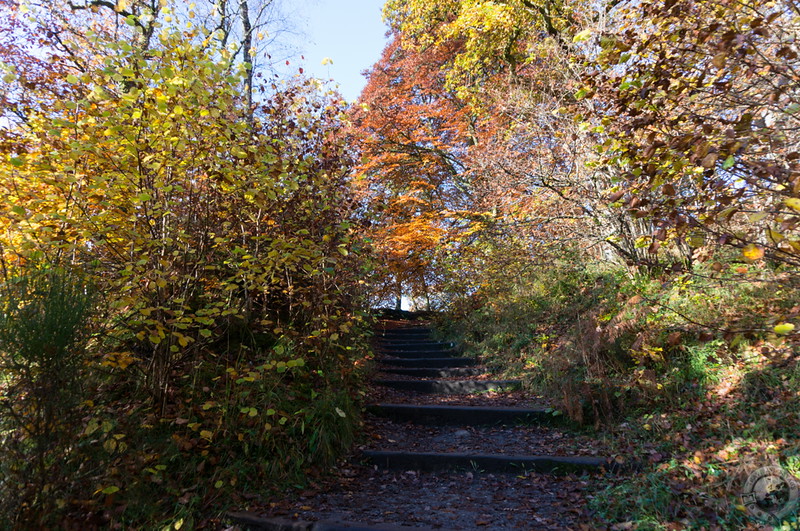
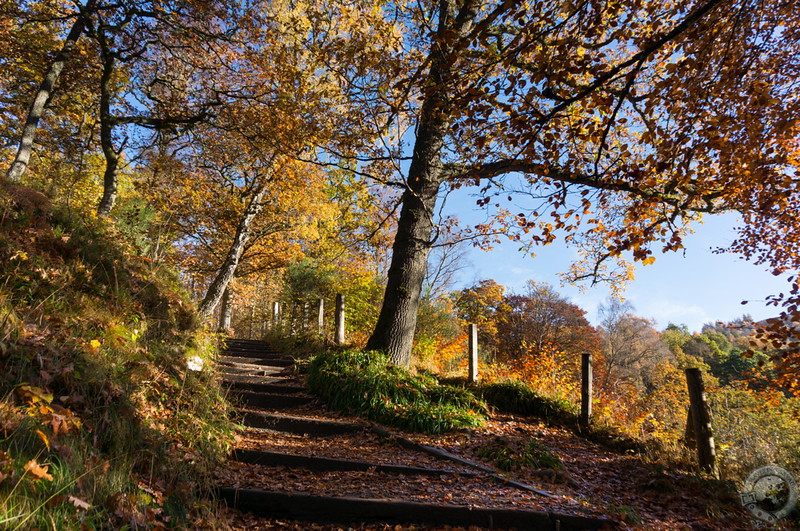
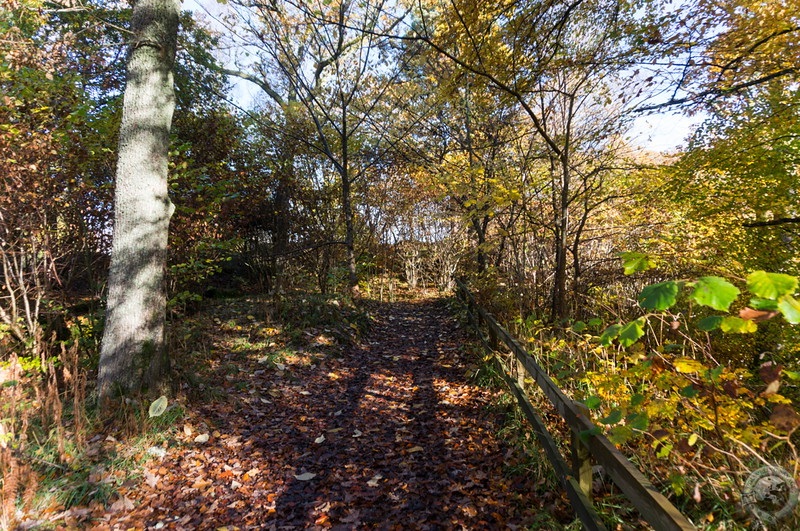
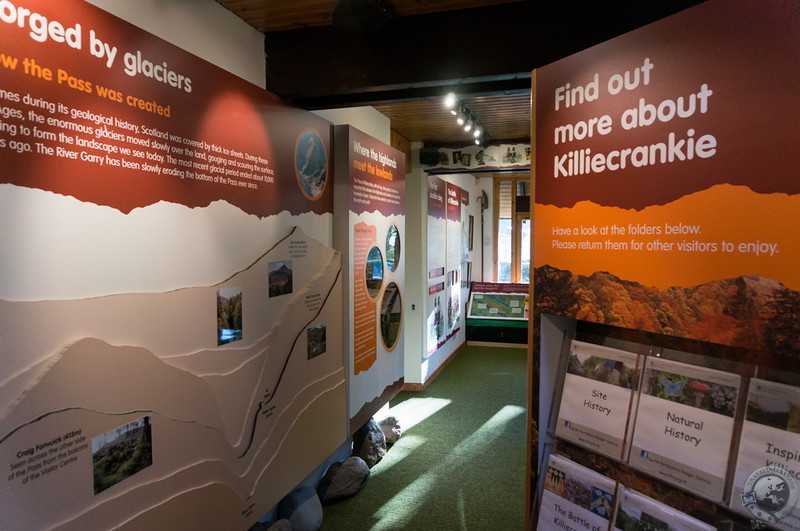
[…] of Killiecrankie and the Queen’s View. A few miles north of Pitlochry stands the forested Pass of Killiecrankie, which cuts between Ben Vrackie and Tenandry Hill on the River Garry. This tranquil spot is a […]
Wow. Great pictures!
It was a very easy place to shoot.